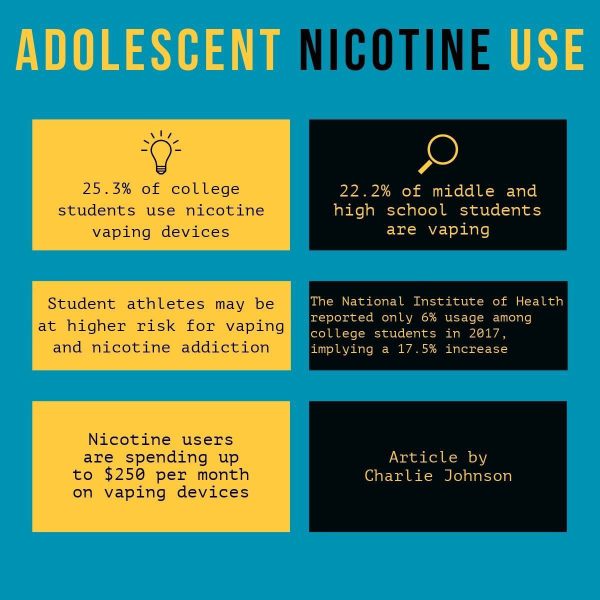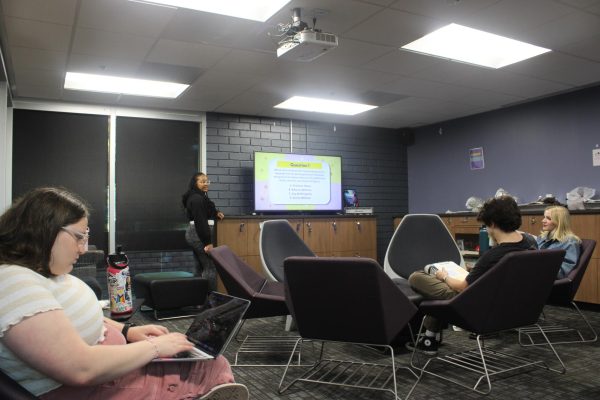CERF Report: Latinos are ‘a driver of economic growth’
October 9, 2020
The 2020 Latino Donor Collaborative U.S. Latino GDP report shows continued growth in Latino communities’ economic contributions from 2010 to 2018.
“This is the second year now in which we have proven that the U.S. economy relies very heavily on the Latino population,” said Gerhard Apfelthaler, dean of the School of Management for Cal Lutheran, in a Zoom interview.
According to the report, “Latino real GDP grew 21 percent faster than India’s and 30 percent faster than China’s.”
GDP, or gross domestic product, is the total value of goods and services produced by a fixed population in one year.
The report, produced by California Lutheran University’s Center for Economic Research and Forecasting (CERF), was co-authored by Matthew Fienup and Dan Hamilton from Cal Lutheran as well as David Hayes-Bautista and Paul Hsu from University of California, Los Angeles Geffen School of Medicine.
In a Zoom interview, Matthew Fienup, executive director of CERF and assistant professor of Economics at Cal Lutheran, said this project is especially important for Cal Lutheran since it is a federally designated Hispanic-Serving Institution and it supports the commitment to serve the Hispanic community.
“One thing that I want to call out in this context is that CERF is very very much nonpartisan. The goal of this report is to really provide a factual view of the contribution of Latinos and so you’ll notice there are no policy recommendations,” Fienup said. “[Latinos] are going to be successful and they are going to continue to be a driver of economic growth.”
Apfelthaler added that he hopes this report will help correct some of the stereotypes surrounding the Latino population.
“We need to correct the image of the Hispanic population [as] all farm workers … we need to recognize that the Latino population produces just as many future leaders, even more probably,” Apfelthaler said.
Fienup said one of the goals for the Latino GDP report is to create a historical record of the Latino population’s contribution in economics and create a forecast model that will allow them to predict future values.
He said the next GDP report, based on 2019 data, will be important because it will be the final calculations before the 2020 Census is taken into account. He also mentioned this is crucial since there have been changes made in the questions and structure of the census that will cause inherent miscalculations.
“What I see that is so dynamic about Latinos and their contribution to the economy is kind of based on demographics … The fact that their [average] household size is larger and simultaneously it’s growing at a much more rapid rate … just really gives a lot of weight to their impact on the economy as it filters through all those other things,” said Dan Hamilton, director of Economics for CERF and associate professor of Economics for Cal Lutheran.
Fienup said that Cal Lutheran received the invitation for this project because one of the original members on the project had passed away and Hamilton had previously worked with Hayes-Bautista.
Hamilton said it has been a great partnership with their colleagues at UCLA and they are able to leverage each other’s strengths.
“I think it is becoming more prevalent for research to be multidisciplinary … that’ll probably continue,” Hamilton said.











